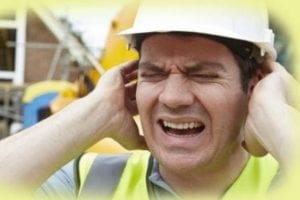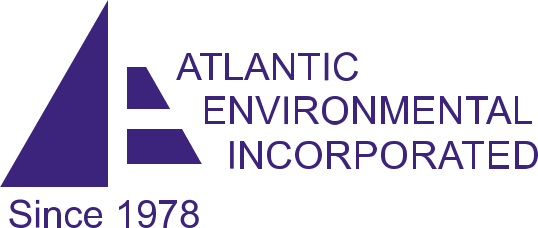If you need noise testing or noise dosimetry assistance as discussed in this article, call us at 973-366-4660 or e-mail us at info@atlenv.com for details and a free estimate.
Written By: Robert E. Sheriff, MS, CIH, CSP, President
January 31, 2020
Hearing Conservation Program
Whether they are subjected to constant din or sporadic bursts of loud sounds throughout the day, employees in noisy workplaces are at risk of permanent damage to their hearing and employers face possible OSHA citations. For a noisy workplace, establishing a Hearing Conservation Program is imperative to protecting both employee health and employer liability. This involves an initial noise survey and depending upon the results, an initial or updated Hearing Conservation Program.
Hearing Protection
Sometimes, determining the appropriate type of hearing protection for each employee can be tricky, because individual employees may have varying levels of exposure to different noise levels throughout the day. The best way to determine the volume, frequency, and length of noise exposure to each employee—or employee function—is through a noise dosimetry survey or noise dosimeter testing/sampling.
Noise Dosimeter
A noise dosimeter is a small, unobtrusive meter that attaches to the worker’s collar near his/her ear. The device is worn throughout an entire 8-hour shift, measuring sound at ear level, and determining the average exposure level per shift for that individual.
Note that a noise dosimeter is not a recorder but only a sound level meter that takes a reading at ½ to 1-second intervals and accumulates the measurements over the time-worn by the worker. The accumulated noise levels over a full shift (8 hours, 10 hours, 12 hours) are compared to OSHA limits, or other recommended safe noise exposure limits.
Each facility (factory, refinery, warehouse) has unique characteristics, employees and processes. Each facility also has federal, state and local regulations to consider. An experienced industrial hygienist is able to choose the appropriate noise dosimeter to be used, calibrate it before and after use, and provide results in a clearly written and comprehensive report with appropriate recommendations for noise reduction and regulatory compliance.
Based on the results, a Hearing Conservation Program can be developed or modified. Noise dosimetry surveys provide employers with the information needed in order to require workers to wear the most effective and least disruptive hearing protection designed for each specific function.
An important complement to noise dosimetry is to develop a noise map of the work area. This will identify noisy areas that can be the target of noise reduction efforts should OSHA compliance be an issue or noise reduction is desired. The noise map is developed with a handheld sound level meter (SLM).
A qualified person such as an Industrial Hygienist can measure the noise throughout the facility. If there is a need for noise reduction, an Octave Band Analyzer can identify the specific frequencies so that some engineering efforts can be implemented to achieve noise reduction.
Robert E. Sheriff is the CEO of Atlantic Environmental. A Certified Industrial Hygienist and Certified Safety Professional, he has over thirty years of experience providing industrial hygiene and occupational safety services, including designing and conducting noise dosimetry surveys or noise dosimetry testing in a wide variety of industrial settings. To discuss your particular needs and obtain a complimentary proposal, contact him at 973-366-4660 or email at info@atlenv.com.
Our primary service areas are: NJ, NY, NYC, PA, CT, DE, (Boston) MA, RI, Wash DC, WI, MD, MI, (Chicago) IL, VA, IN, (Atlanta) GA, AL, NC, SC, TN, (Dallas, Ft Worth) TX, OK, DC, AR. We can service most other areas of the U.S. but with some added travel charges.



